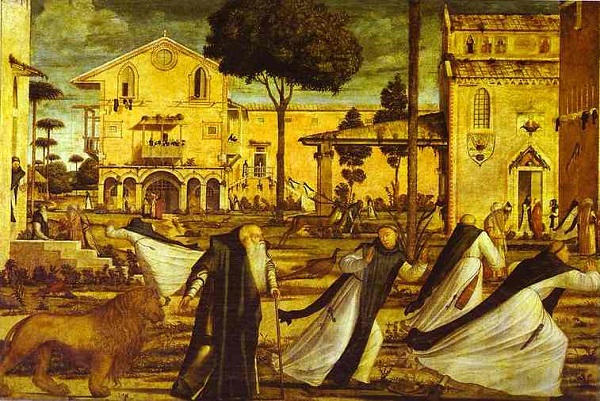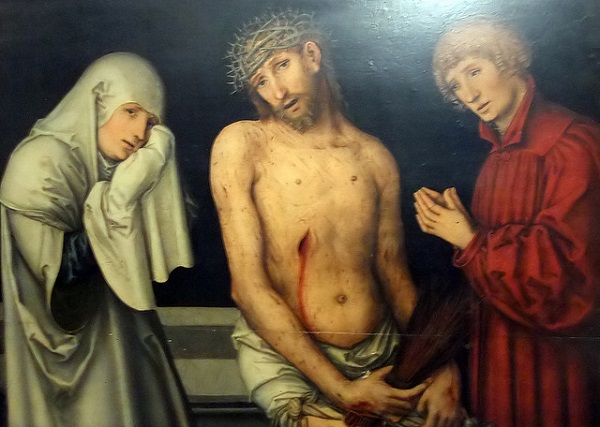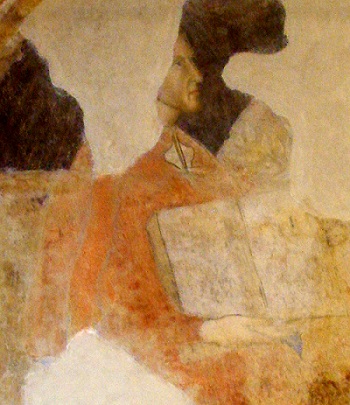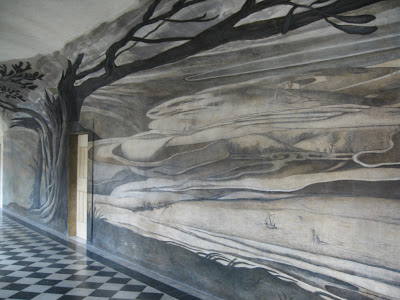The inclusion by Michaelangelo in the painting of the Sistine Chape of The Drunkeness of Noah is both fascinating and somewhat curious. During the Middle Ages, the drunkenness of Noah had been a popular subject for artists, but the Renaissance era saw less of an interest in Noah and his so-called fall from grace and his human imperfections.
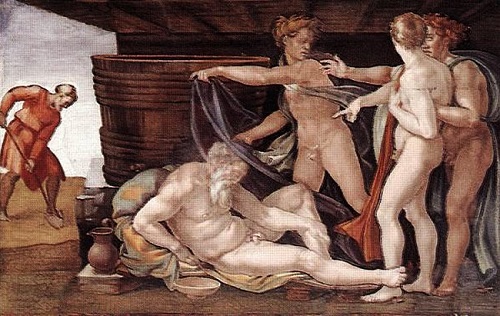
The story of Noah and his drunkenness is found in Genesis 9:20-26, where we are told that after the floods had receded, Noah, being a man of the soil planted a vineyard and when he drank some of the wine he became drunk and fell asleep naked in his tent. His son Ham (who he refers to as Canaan), was cursed by Noah for disclosing his drunk and naked condition to his brothers Shem and Japeth. What of course we are not told is whether Noah made the wine or had the skill as a wine maker or even why he planted vines. Perhaps there is a duel message here – wine was to become the symbol of the Eucharist so perhaps this was a divine gift given to Noah, or perhaps the story was included here to show the fallibility of man after the expulsion from the Garden of Eden, so that even someone such as Noah who we are told was ‘a righteous man’ was imperfect.
Whatever the reason, Michelangelo chooses to show a rather flabby Noah recumbent against a wine vat, almost as if he, Noah was the winemaker and had fallen asleep beside his produce. Why Michelangelo chose to paint his three sons also naked is unknown as the biblical story would seem to indicate that is was the combination of his nakedness and drunkenness that caused Ham, his son, to mock him and ridicule his father to his brothers.
Perhaps Michelangelo was obliquely making a reference to the drunken images of Bacchus although there is evidence to suggest that Michelangelo did model the pose of Noah from the image of the River God which Pope Julius II had installed in the Cortile del Belvedere.
We do not know what Michelangelo’s drinking habits were or what his attitude to wine actually was but the earthenware pitcher is something that was very common at the time and used for the pouring of wine, so it would have been very familiar to him and maybe he had one with him at the time of the painting.
Whatever the conclusions one might choose to draw, the inclusion of this biblical event in the Sistine Chapel is curious and fascinating. After all, it does represent the first biblical reference to wine manufacture and so is the earliest written account of wine in Western tradition.


